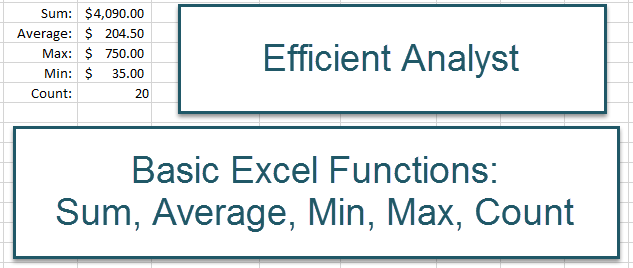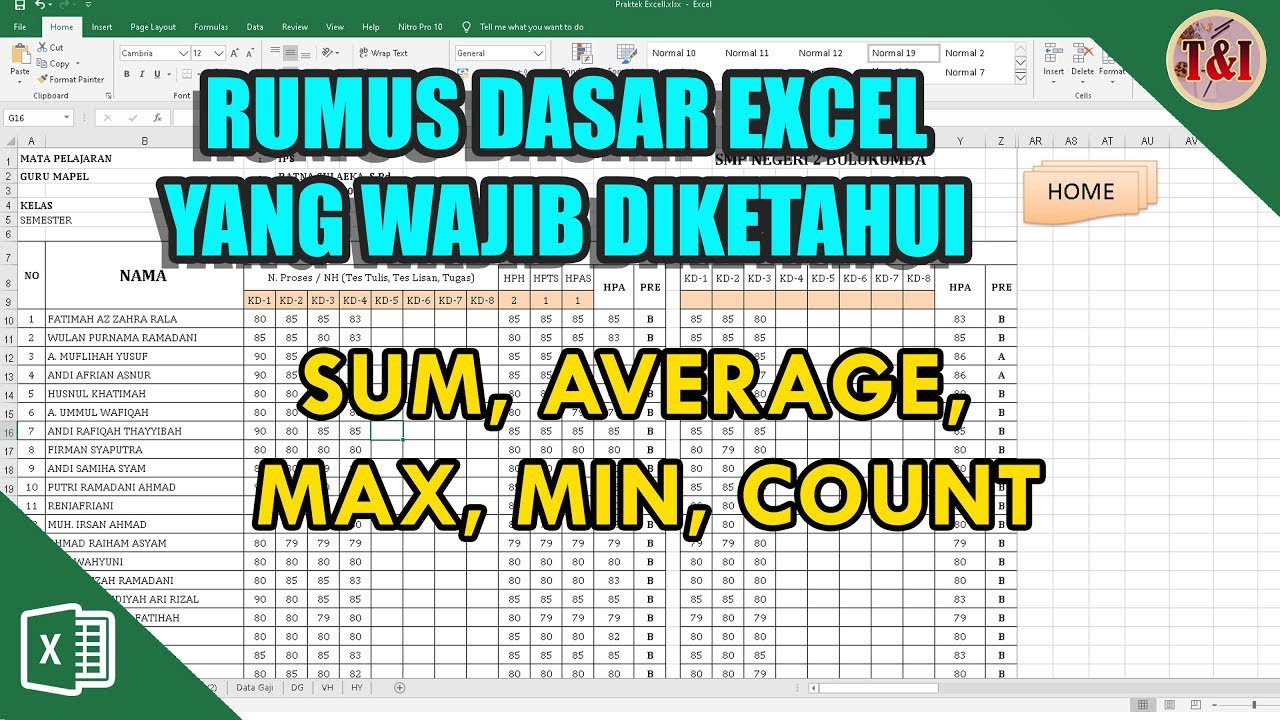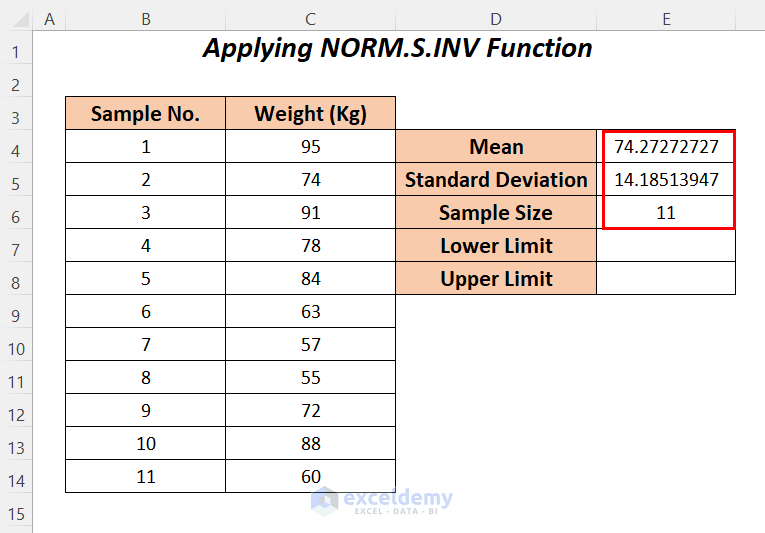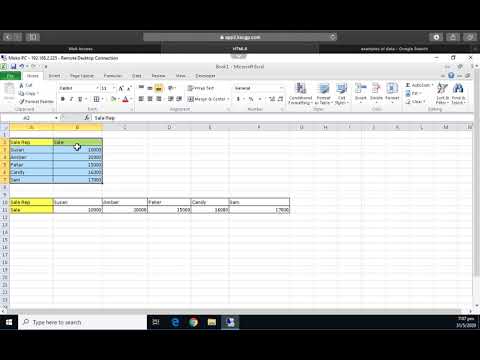Max Excel Sheets: Limits and Tips

If you're an avid user of Excel or someone who frequently juggles spreadsheets in a business setting, you've probably hit the wall of limitations Excel sets for the number of sheets per workbook. Understanding these limits and knowing how to navigate them can be pivotal for managing large datasets and complex projects efficiently. Let's delve into the Excel sheet limits, explore why they exist, and provide practical tips for overcoming or working within these boundaries.
Understanding Excel Sheet Limits

The Microsoft Excel application is built with a balance between functionality and performance. Here are the sheet limits:
- Excel 2003: Could only handle up to 256 sheets per workbook.
- Excel 2007 and later versions: This number jumped significantly to 1,048,576 rows by 16,384 columns, but the workbook limit for sheets remains around 255.
📌 Note: Although Excel can theoretically handle many sheets, system resources and practical usability often set earlier limits in real-world scenarios.
Why These Limits?

- Performance: More sheets mean more memory and processing power required, potentially slowing down performance.
- Compatibility: Limits ensure compatibility with other systems or older versions of Excel where higher limits were not supported.
- Manageability: Too many sheets can clutter the interface, making it challenging to manage and navigate through the workbook effectively.
Strategies to Work Within or Around Sheet Limits

1. Use Multiple Workbooks

If you’re hitting the sheet limit in a single workbook:
- Split data into several workbooks. This approach can also help with organizing related sheets together.
- Link these workbooks with external references to maintain connectivity and data integrity.
2. Consolidation and Data Summary Sheets

When working with numerous datasets:
- Create summary sheets that compile key metrics or data points from multiple source sheets.
- Use pivot tables or dynamic charts to summarize data without needing additional sheets.
3. Excel’s Power Query and Power Pivot

These tools can help manage large amounts of data:
- Power Query can merge data from different sources, reducing the need for multiple sheets.
- Power Pivot can handle complex data models within Excel, optimizing storage and performance.
4. Macros and VBA

For repetitive tasks or when automation can reduce sheet count:
- Develop macros to automate data aggregation, sorting, or summarization.
- Use VBA to dynamically manage sheet creation, deletion, or linking.
5. Leverage Cloud Services

Utilize cloud-based solutions like Microsoft 365:
- Microsoft OneDrive allows for shared workbooks, reducing the need for individual copies with many sheets.
- Excel Online can store and manage workbooks with an impressive scalability.
Optimize Workbook Performance

Here are tips to ensure your workbooks run smoothly, even when pushing Excel’s sheet limits:
- Manage Calculations: Use manual calculation mode for heavy workbooks to control when Excel recalculates.
- Limit Volatility: Avoid functions like RAND(), TODAY(), or NOW() that recalculate frequently.
- Clean Up: Regularly delete unnecessary data, formulas, and formatting.
- Use Efficient Formulas: Replace volatile functions with alternatives like VLOOKUP with approximate match or INDEX-MATCH.
- Data Validation: Limit data entry to necessary cells to reduce workbook size.
In wrapping up, understanding Excel's sheet limitations and employing strategic workarounds can significantly enhance your productivity. Whether through intelligent data management, leveraging advanced Excel features, or utilizing cloud services, you can make the most of this powerful tool without feeling constrained by its limits.
How do I find out how many sheets my Excel workbook can have?

+
Open Excel and create a new workbook. Right-click the first sheet tab and select “Insert Sheet”. Keep adding sheets until you receive a message about reaching the limit. Typically, Excel versions from 2007 onwards support up to 255 sheets, but performance issues may arise before this limit.
Can I increase the number of sheets in Excel?

+
Unfortunately, you cannot increase the default limit of 255 sheets in a workbook within Excel itself. However, you can use techniques like linking workbooks or using cloud solutions to manage larger sets of data.
What can I do if my Excel workbook becomes too slow?

+
Consider optimizing your workbook by:
- Reducing the number of sheets or data within sheets.
- Turning off automatic calculations and using manual calculation mode.
- Minimizing the use of volatile functions.
- Cleaning up unnecessary data, formulas, and formatting.